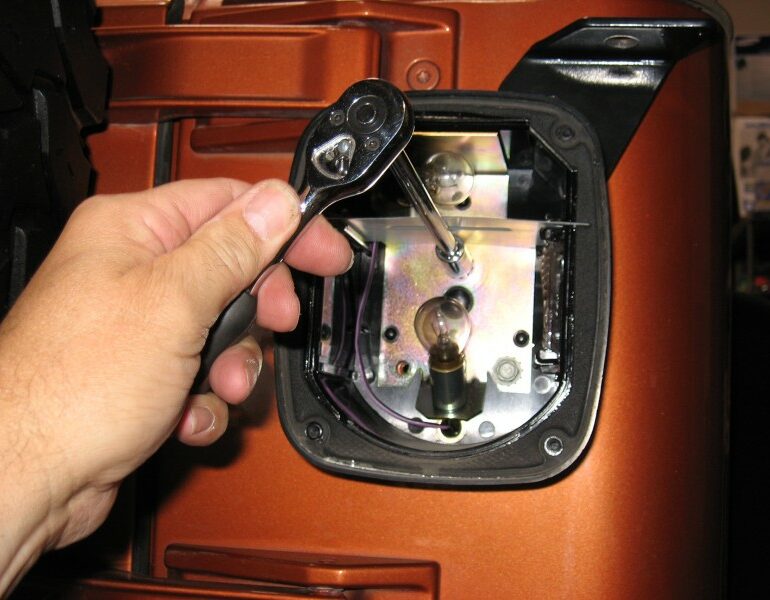If you happened to read the installation write-ups I did for the Cobra and Uniden off-road CB kits, then you may have noticed the two different antenna mounts that were used in those kits. Those CB off-road kits are assembled and sold by Right Channel Radios and make for one stop shopping for CB radio installations. Bob, the owner of the TJ with the Cobra 75 radio, decided he wanted a different antenna mount. RCR now carries the Terfaflex CB antenna mount and it was decided to give this mounting bracket a try. It can be ordered as just the bracket itself or as a complete antenna mounting kit, which includes a coax cable, antenna mounting stud, and the Teraflex bracket. So the mounting kit was obtained and we started the installation.
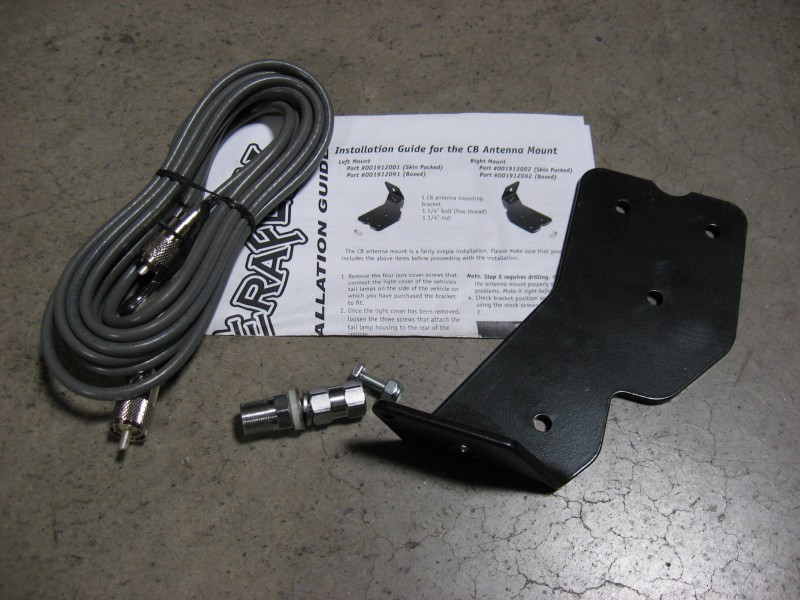
The Teraflex mount comes with a one page Teraflex instruction sheet that seems to cover most everything required. The cable and mounting stud shown above, included by RCR, completes the kit.
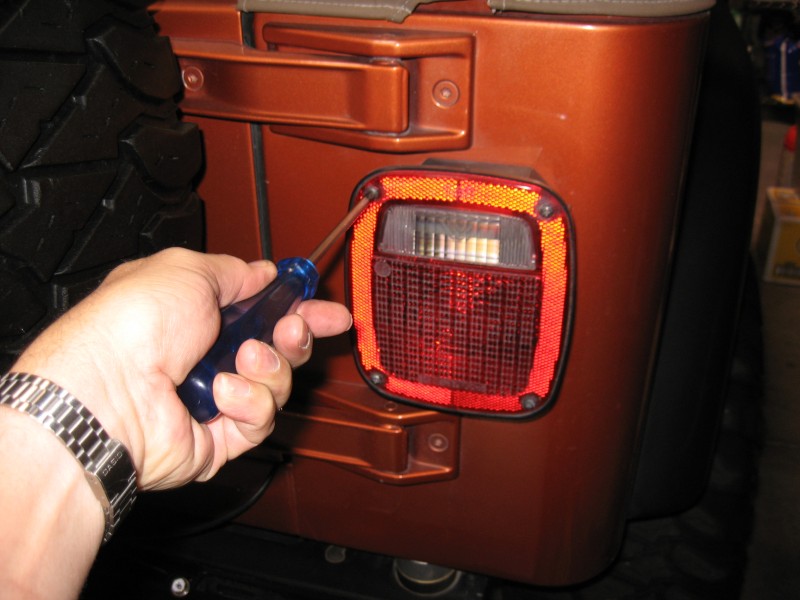
This mounting bracket is designed to utilize the holes for the passenger side (driver’s side if you wheel down under) tail light assembly. With a Phillips screwdriver in hand, Bob and I started the install. The first step was to remove the tail light lens from the assembly.
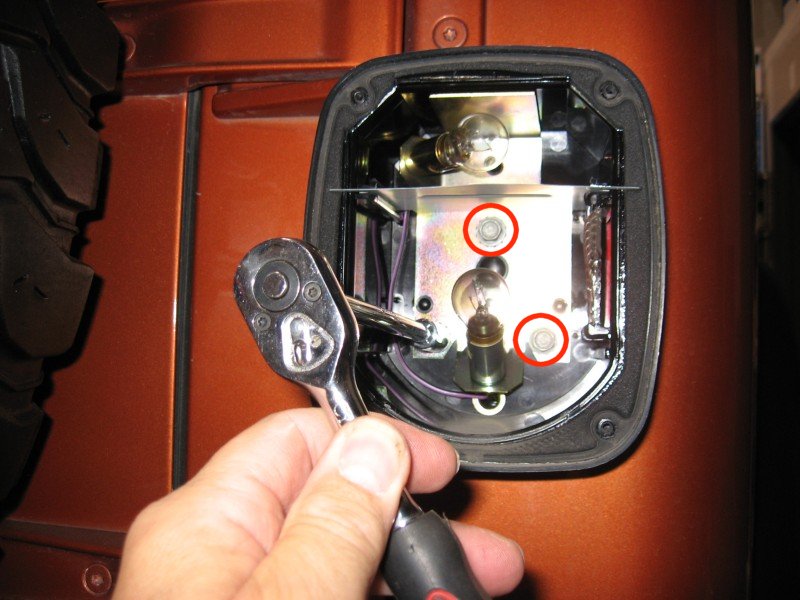
With the lens out of the way, the three mounting screws were next to come out. An extension for the ratchet was needed to reach the recessed screws.
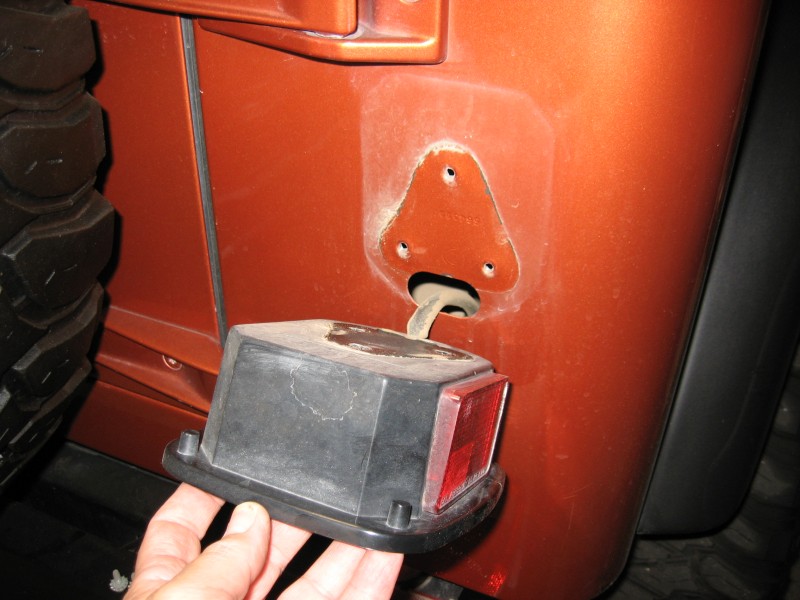
Once the three scews were removed, the tail light assembly can be removed from its mounting position. This one was a little “stuck” in place by some goop that was applied to the back of the assembly. You can see a bit of it around the triangular outline on the TJ’s body.
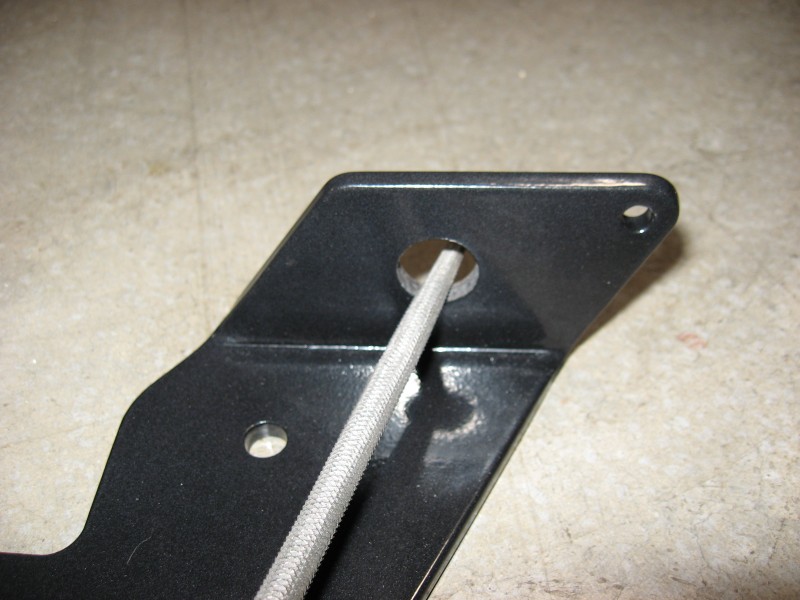
The mounting bracket was nicely powder coated. One thing that will certainly make antenna tuning a nightmare is a poor RF ground, which powder coating promotes. The antenna mounting stud needs to make a good RF ground with the body of the vehicle and in order to do this, we need to have metal on metal contact. The stud must have a clean connection with the mounting bracket and the bracket must have a good connection with the body.
To ensure good connection were available, a small circular (rat tail) file was used to remove the powder coating from the inner surface of the mounting holes on the bracket. About a minutes worth of time spent cleaning out the holes goes a long way in ensuring the antenna tuning process goes as smoothly as it can. You could also do this with a small sanding drum on a rotary tool, such as a Dremel. I found the round file worked very well and I was done in almost no time.
With the powder coating thoroughly removed from the holes in the mounting bracket, it was time to start putting everything back together.
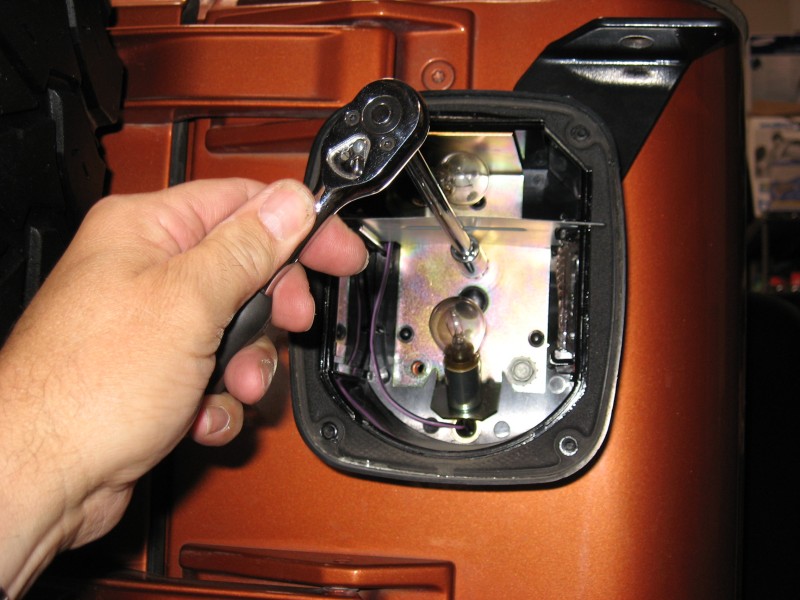
With the bracket aligned over the three mounting holes (in the TJ’s body) and the tail light assembly positioned against the bracket, the three mounting screws are inserted and tightened with the ratchet.
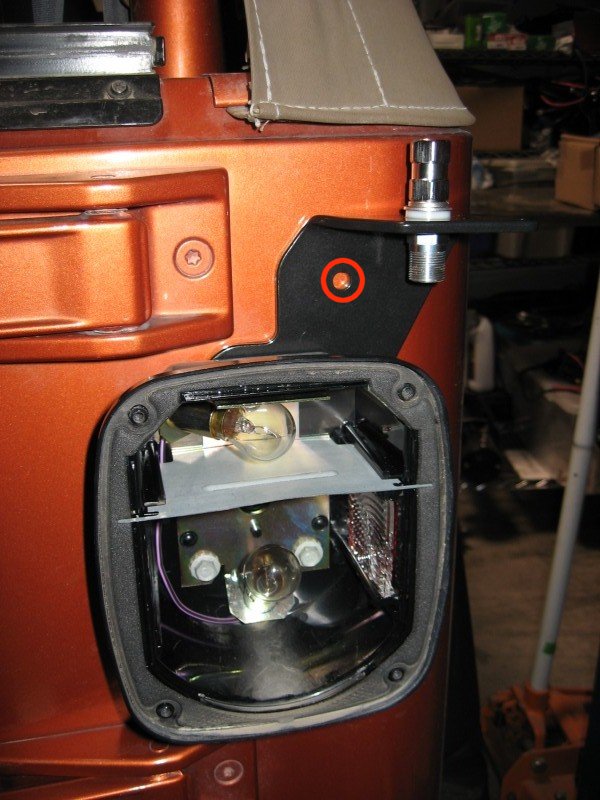
With all three mounting screws tightened, Bob and I did a check on the amount of flex in the bracket. Teraflex provides a fourth mounting hole in the bracket (circled in red in the above photo) and we were not sure if it was really needed. While I have no problems putting holes in my TJ (it has dozens holding on the corner and rocker guards), Bob wasn’t going to do it if the mount was stable.
To get a better idea of real world conditions that the bracket might see, we put the antenna mounting stud in the bracket and then attached the antenna. A couple of whacks to the antenna (similar to what it might see if hitting a tree branch) gave us all the info we needed. We both agreed that the fourth mounting hole was needed in order to properly stabilize the mounting bracket.
Speaking of antenna mounting studs, if you don’t know how to properly install one in a mounting bracket, such as this one, here is an antenna stud mounting diagram that should help.
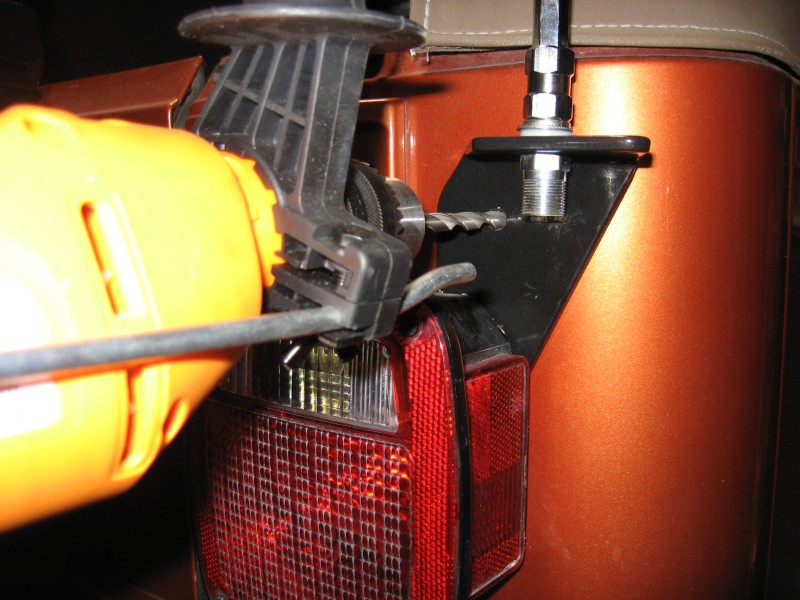
Bob broke out the drill motor and an appropriately sized drill bit while I got a wrench to fit the mounting bolt that Teraflex provided.
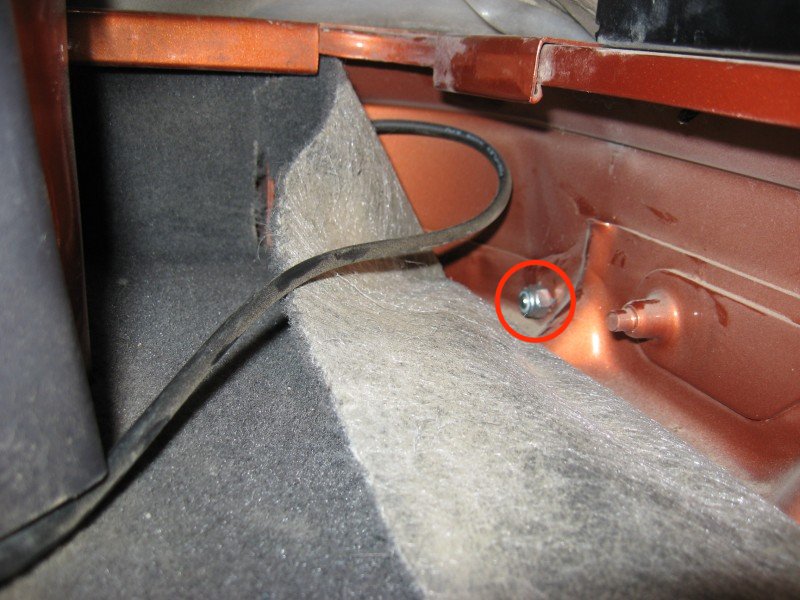
The new mounting hole is accessible from inside the rear corner of the body. I might suggest that you pull back the carpet prior to drilling the hole. (no, we didn’t make a hole in the carpet) The Nyloc nut was tightened in place and the bracket was as stable as it could be. I’ve no doubt it will survive most anything that Bob will be throwing at it on the trail.

With the bracket in place and the antenna mounted, the coax cable was attached to the mounting stud and a few minutes were spent tuning the antenna. This is necessary since a new mounting location will affect the measured SWR. If you are unsure of how this is done, here is some information on how to properly adjust a CB antenna. Right Channel Radios also has a good antenna tuning procedure on their web site. If you haven’t checked out their site lately, do so. I noticed they have a bunch of videos detailing many of their products. If a picture is worth a thousand words, a video must be worth a thousand pictures, right?
A few minutes spent putting away the tools and removing the old antenna mounting bracket made for a wrap on this antenna project. I think it took us about 15 minutes….maybe a little more since stopped and snapped the photos for this write-up. It is a very simple process and provides you with a good antenna mounting location. This bracket puts virtually all of your antenna above the TJ’s metal body. You’ll get minimal interaction (between the antenna and the body) and much easier antenna tuning compared to mounting the antenna on the bumper, as Bob had previously done.

